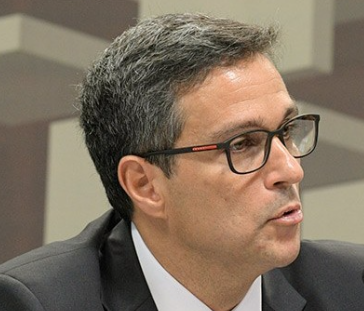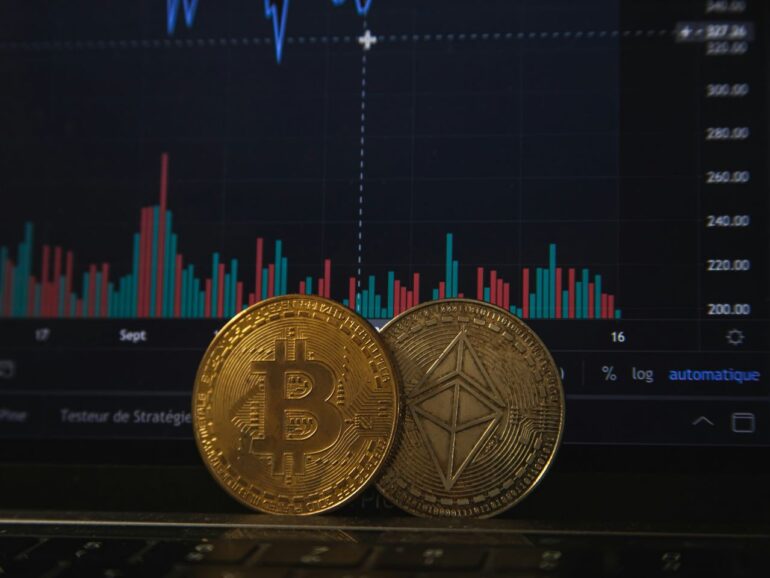Last year, Brazil’s central bank made headlines by unveiling its digital currency project, Drex. Also known as the Digital Real, this CBDC is set to mirror the country’s circulating currency and is slated for launch by year-end, marking a significant milestone in the regulator’s ambitious innovation journey, which has already seen groundbreaking initiatives like Pix and Open Finance.
As the use of digital assets continues to grow, central banks are taking proactive steps to explore the issuance of central bank digital currencies. This effort aims to provide a modern alternative to the increasingly prevalent use of cryptocurrencies, which have become a familiar aspect of the Latin American ecosystem with the growing use of stablecoins.
Designed to complement its traditional currency, Banco Central do Brasil’s Drex aims to lower operational expenses, improve financial inclusion and bolster the security and efficiency of big-ticket transactions like real estate.
Drex to receive “widespread adoption”
While approximately a hundred central banks are contemplating similar projects, only a handful have implemented them so far. In Brazil, the regulator’s strong track record of sound financial innovations has analysts closely monitoring the rollout of Drex.
“(Since) Brazil is already leading in numerous digital economy technologies, we anticipate widespread adoption of the Drex, which will enhance the business environment,” stated the Economist Intelligence Unit in a recent report. Brazil’s central bank initiated its CBDC journey in late 2020. Since then, it has made significant progress, including an ongoing pilot project that will produce conclusions on the best use of Drex by mid-2024.
Contrary to Pix, which caters to retail transactions, Drex will likely target high-value operations. Serving as the digital representation of Brazil’s currency, the Real, Drex will leverage blockchain technology to improve security and transparency, the EIU noted. “Drex could revolutionize asset pricing, streamline cross-asset operations, facilitate international transactions, and automate contracts, thereby enriching Brazil’s business landscape.”
Regulators find a way into DeFi
The Central Bank expects that Drex will serve as a bridge to the Decentralized Finance (DeFi) environment. It will introduce the concept of tokenization, hopefully reducing the issuance of physical currency and improving banking efficiency.
In an event about Drex, the central bank governor Roberto Campos Neto said Drex will be able to “bring the decentralized finance system closer to central banks.”
While central banks have mostly adopted a stance of prohibiting banks from tokenizing assets or interacting with crypto assets, Campos Neto wants to embrace the technology altogether. “The train has already left the station, so we need to bring this environment closer to us. If stablecoins are widely used and encounter a major problem, it will also affect the banking system in some way. It is important to stay close.”
In recent years, Brazil’s central bank has made waves with the launch of Pix, a game-changing instant payment system that saw meteoric adoption in a country of 210 million. Rapidly adopted by nearly two-thirds of Brazilians, Pix has redefined the country’s payment landscape in no time, processing now almost $400 billion in monthly transactions and setting new standards for emerging market innovation.

Drex will “shake up” banks
Now, the central bank believes Drex will take things even further in terms of innovation.
“We need to shake up the legacy dinosaur systems within banks,” he said during the Drex Annual Meeting in December. “And shaking up the dinosaur is difficult, I was there for 22 years, and it’s very difficult to make a big change in technology. Returns fall before rising again, and there is a lot of investment in technology.”
In addition to being a digital currency, Drex is a platform that will host the digital representation of various types of assets, such as houses, cars, stocks, and other securities. This platform, which will use blockchain technology, will convert assets into “tokens”—which can represent either a tangible asset (such as a house or a car) or an intangible one (like a brand or patent).
“Tokenizing” is the process of converting some valuable asset into a digital token within a blockchain. In other words, property rights over a good can be transformed into a digital asset so that, if necessary, the buying and selling transaction can be conducted in a fully virtual environment.
Drex and real estate
This month, Brazil’s body overseeing real estate deals (COFECI) announced it would require all brokers to register contracts on a blockchain. This unprecedented initiative aims to modernize the supervision process of real estate brokerage activities in light of the new technologies and opens up yet another pathway for Drex to advance in its use cases. When launched in 2025, the blockchains of Drex and COFECI should be able to exchange data and assets, enabling the use of programmable money in the real estate sector.
“It marks another important step in building the journey of integrating real estate processes, aiming to enable all events related to property acquisition and transfer, as well as financial settlements, on the blockchain, simplifying and streamlining the entire operation,” said Carlos Augusto de Oliveira, executive director at ABFintechs. “There is a long path to be followed in conjunction with the evolution of DREX, tokenization, and the digitalization of real estate registration processes.”
Banks and fintechs onboard
From the start, both banks and fintech companies have demonstrated a keen interest in the technology. Over 700 institutions in Brazil embrace Pix. Analysts anticipate a similar reception for Drex.
“I see a strong movement towards blockchain-based infrastructures due to the local Central Bank’s directive to migrate towards a tokenized economy, with Drex as the vector,” said Bruno Diniz, fintech advisor. “Banks and fintechs will make an effort to migrate traditional financial products to this new infrastructure. Drex will shake up the market in Brazil and dominate the strategic agenda of several institutions.”
Just months ago, Itau, the country’s largest bank, unveiled its cryptocurrency trading services in anticipation of the imminent launch of Drex. Investment powerhouses like BTG Pactual and Santander Brasil are also beefing up their teams to prepare for the introduction of the digital Brazilian real.
Some contend, however, that a CBDC won’t necessarily diminish the allure of stablecoins in Latin America but rather provide an alternative. “The scenario could be one of competition,” Sebastian Camiser, a professor at Universidad Austral in Argentina, told Fintech Nexus. “Although technologically they are similar, one thing is a centralized issuance such as CDBCs and another is a decentralized one.”


